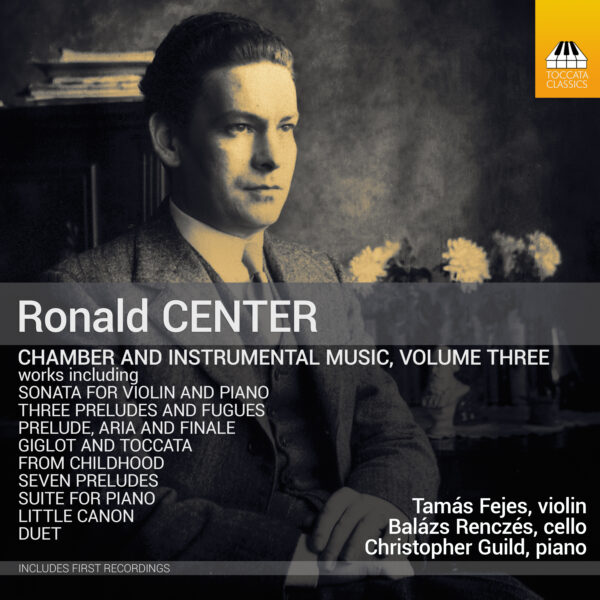Grigori Frid: Complete Music for Viola and Piano
The Russian composer Grigori Frid (1915–2012), whose long life encompassed the entire existence of the Soviet Union, is best known for his 1969 chamber opera The Diary of Anne Frank. His sizable output, which has yet to be properly explored, includes three major works for viola and piano, their dignified restraint and emotional honesty taking the late works of Shostakovich as their stylistic starting point. They are followed by In Memoriam Grigori Frid, a touching tribute by Alexander Vustin (b. 1943) to his former teacher.
Elena Artamonova, viola
Christopher Guild, piano
Listen To This Recording:
-
Sonata for Viola and Piano No. 2. Op. 78:
- I Phaedra: Andante sostenuto
- II Music in a Palace: Andantino
- III Catharsis: Sostenuto assai e poco rubato – Doppio movimento – Tranquillo
- IV Epilogue: Doppio meno mosso – Tranquillo e molto sostenuto
- No. 1 Moderato
- No. 2 Con moto (Moderato)
- No. 3 Allegretto
- No. 4 Andantino
- No. 5 Allegro ma non troppo
- No. 6 Lento
- I Tranquillo e molto cantabile
- II Allegro
- III Lento
- I Introduction: Semplice
- II Farewell Song: L’istesso tempo
Six Pieces for Viola and Piano, Op. 68:
Sonata for Viola and Piano No. 1, Op. 62:
ALEXANDER VUSTIN: In Memoriam Grigori Frid for viola and piano:





MusicWeb International :
‘Both Artamonova and Christopher Guild have recorded before for Toccata. She recorded Grechaninov and Vasilenko, whilst Guild has recorded Ronald Center and Ronald Stevenson. Together they make a fine team, though the violist has in the past more usually been paired with Nicholas Walker, who accompanied her in the two discs just mentioned. The recording is well-balanced and the notes – by the violist – are full of important biographical and musical information.’
—Jonathan Woolf, MusicWeb International
Fanfare Magazine :
‘[the opening movement of Viola Sonata No.2] begins and ends with a dark, despond¬ent theme intoned by the viola over ostinato chords from the piano, generating an atmosphere of chilling, bleak stillness reminiscent of a good many of Shostakovich’s slow movements. In between, this material is effectively developed and
supplemented.
[Artamonova’s] vibrato is well controlled and not excessive, and she avoids the kind of nasal tone that afflicts some violists. Sound quality, too, is fine—clear, spacious, and free from harshness, with solid, well-defined piano tone.
This release has persuaded me that Frid is a worthwhile composer, one deserving of greater attention, and has aroused my interest in hearing more of his music. I recommend it to those interested in 20th-century chamber music and in exploring the achievements of lesser-known Russian composers of the Soviet era.’
—Daniel Morrison, Fanfare Magazine, July 2016